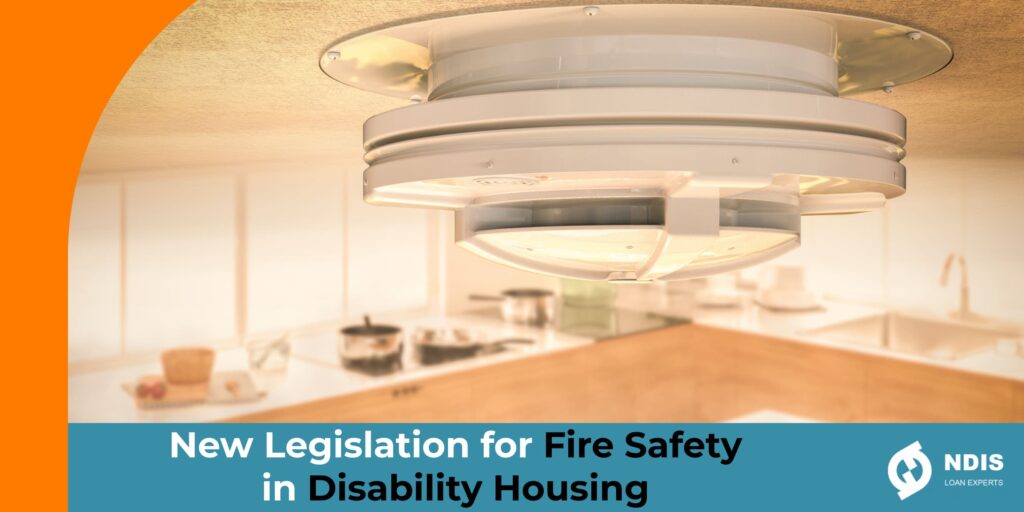In Australia, all housing funded by the NDIS now requires the installation of fire sprinkler systems and the implementation of fire risk management protocols. This important change has the potential to save countless lives, particularly those of individuals with disability who are at a higher risk of perishing in fires due to limited mobility and cognitive capacity.
We explore more on how the new legislation for fire safety in disability housing has the potential to help protect the lives of NDIS participants and your physical asset as an SDA investor.
Legislation for fire Safety in disability housing
The new legislation applies to all residential facilities and properties owned, operated, or funded by the NDIS, including specialist disability accommodation (SDA) properties. These locations must be equipped with AS 2118.4-compliant sprinkler systems, which should be regularly maintained and repaired as needed. For more information on the legislation, please refer to the Fire Risk Management Guidelines 2019.
The life-saving benefits of modern fire sprinkler systems and smoke alarms
Fire sprinkler systems that adhere to current standards provide invaluable life-saving benefits in the event of fire hazards.
Consider the following scenario: a group of three individuals who use wheelchairs reside in an SDA home, and a fire ignites in one of the rooms while everyone is asleep. Although there is a caregiver present who can be alerted for assistance, the room quickly becomes engulfed in flames within three minutes, leaving little time for movement within the building. The fire alarms activate within a minute of ignition, but the situation becomes dire without a properly functioning sprinkler system in place.
On average, the fire service takes about seven minutes to respond to a call, and additional time is required for setup. Consequently, a firefighter would typically arrive on-site within ten minutes of the initial ignition. This leaves the caregiver as the sole person available to evacuate all five occupants, with less than two minutes to accomplish this task. Tragically, without adequate measures in place, fatalities are likely to occur. Such a horrific situation should never transpire, and thankfully, improved fire safety practices can now help mitigate these risks.
When do I need to install fire safety equipment in my investment property?
Current legislation states that landlords and property owners must guarantee that their residence or unit complies with domestic smoke alarm legislation when initiating a new lease or renewing an existing one. To meet these requirements, you may be required to install interconnected photoelectric smoke alarms in the bedrooms in addition to the smoke alarms that are currently mandated.
Remember that as a Specialist Disability Accommodation owner, you will need to liaise with your SDA provider and specialist property manager to ensure that you remain compliant with both the NDIS regulations as well as the fire safety regulations stipulated by your state or territory.
More information on fire safety for landlords
Landlords can access online resources such as the Queensland Fire and Emergency Services (QFES) site for landlords to better understand fire safety obligations and access information on smoke alarm maintenance.
Investing in NDIS properties
Fire safety equipment is just one of the many considerations to be made when investing in an NDIS Property. Your funding and financing needs will also play a crucial role in ensuring your NDIS investment succeeds.
To talk to the experts in NDIS lending, connect with the team at NDIS Loan Experts.


